Happy New Year (I know it’s March), and welcome back to Five Journalistic Questions! I’m so glad to be back after taking so much time off to get myself and my mind together. I’m excited to lean into this dispatch and cultivate a space separate from social media to share my mini-meditations on people, places, and things (otherwise known as nouns) that interest and intrigue me.
Who (Laurel Ayers/Whoopi Goldberg)
We’re nearing the finish line for winter; the reality of the sun setting after 6 pm is at our fingertips. In New York, it's cold and rainy, the snow's been sticking, and leaving the house feels like drudgery, but at this fork in the road, I know I only have to endure heavy winter coats for approximately four to six more weeks. When it’s down to the wire like this, one woman in one movie reminds me that New York could be worse (and colder) and compels me to get out of bed and get dressed…no, it’s not How Stella Got Her Groove Back (I save that for summer) but The Associate—specifically, the character of Laurel Ayers.
Initially, I was drawn to Laurel’s character because of her silver jewelry. A thick pair of simple silver hoops jumped out of the screen at me and made me scramble to my jewelry box to check if I had a pair of the same. (As a pre-Renaissance silver girl, it felt nice to be represented.) That curiosity encouraged me to double back and rewatch to ensure I didn’t miss any other styling cues. I absolutely did. From the casual to the professional to the depressed, the looks were there! Sublime deep umber lapelless suits, boysenberry scarves that pile atop her winter overcoats, and a multitude of hats in an array of grains that bring the perfect amount of razzmatazz to otherwise understated everyday outfits. This movie also corroborates the 2024 color forecast. The prominently displayed royal purples and rich browns in the 1996 classic are being pushed onto curious and adventurous consumers as thee color combo for the ages. Peanut butter and jelly, but make it fashion, if you will. Laurel’s costume has everything it takes to overcome the wintertime blues.
That’s Ms. Ayers for you: inspiring the girls to do something unexpected to achieve the impossible, whether that’s conquering Wall St. or getting out the door in 24° weather.
What? (Bright Young Women, Jessica Knoll / Rating: 🌶🌶 🌶 )
I’ve been making it a point to read for two hours a day, Monday through Friday, because I wholeheartedly believe that being a voracious reader makes for a better writer (Hello! That’s why you all are here, I hope). Anywho, I’ve finished my first book of the year, and I’m ready to share my concise thoughts on Bright Young Women by Jessica Knoll. Long story short, the long story wasn’t short. Perhaps, I went in with a certain set of expectations regarding how this historical true crime fiction would be told. However, I think the fictionalized events of a notorious serial killer’s final murder spree and the investigation/media circus that followed could have been just as effective whilst 100 pages shorter. Of the three women this book centers: Pamela, Tina, and Ruth, I find the latter two the most interesting and the source of the story’s momentum. Those pockets of intrigue and momentum were frequently brought to a halt by the disquieting thoughts of the main protagonist, Pamela Schumacher. It’s unfortunate because I loved Pamela’s analysis of media bias in 1978 and how victims of violence get lost in salacious and slanted coverage. It made a strong case for media literacy in this age of deep anti-intellectualism, misinformation, and distrust of news media.
Overall, Pamela spends so much of her story in a cycle of upholding social propriety, anger, and mistrusting her instincts that it gets old by the 150th page. Ruth has such an interesting story, and I wish we got more of her history, especially her relationship with her dad in a house with a domineering mother. Tina is a force to be reckoned with, and I enjoyed her character even though her relationship with [spoiler] felt a smidge unethical.
I rate Bright Young Women 3 spices out of 5.
Where (Can I find supplemental materials about Feud: Capote vs. the Swans)?
Truman Capote, Cafe Society, ladies who lunch (and the men who buy dinner), all of it, is my jam! I imagine it’s because I, a Black woman, would never belong to that neurotic and paranoid world of New York society, but I find gilded cages and capitalistic captivity riveting. These women were rich, subjectively beautiful, yet, horrible to themselves and each other. Very folie simultanée. I was extremely excited when I learned Cafe Society would be the subject of season two of Feud because this story isn’t widely known despite these women being a bridge between the celebrities of past and present. Currently as the season unfolds and we approach the final episode, I feel like I’m left wanting because so much of the history that gives these actions and behaviors context is missing. It’s, in the immortal words of one Aretha Franklin, “beautiful gowns”. Beautiful disjointed gowns. Thus, I read three books, watched two documentaries, and a true crime series specifically for this section. This, having been a topic of interest for years, led me to Capote’s Women, the basis for this show, on audiobook because I was riddled with anticipation for the season to start. Next, I revisited A Crime to Remember, season 1, episode 6, “Who Killed Mr. Woodward?” which aired on Investigation Discovery. For its 45-minute runtime, it presented the very basic facts and set the stage for what became the ultimate showdown between Capote and the women of the Upper East Side. The costume and set design were also divine. I wish that show would return, but David Zaslav is one shareholder meeting away from ordering an unscripted series from Temu. Next, I read Answered Prayers, the risqaué final collection of stories from Capote that housed the infamous La Côte Basque (1965). I don’t typically condone publishing people’s personal business in a nationally syndicated magazine, but those women and their husbands were terrible people who aligned themselves with the likes of fascists, Nazis, and war profiteers for the sake of a dollar and marriage, so my sympathies lay with their respective staffs. Lastly, I watched The Capote Tapes, a somewhat lighthearted and surface-level retelling of Capote and his climb to the heights of the social elite. Deliberate Cruelty: Truman Capote, the Millionaire's Wife, and the Murder of the Century is a bit less salacious but digs below the epidermis to the marrow of Capote’s ire and covert scorn for women of society.
I think it's riveting that this breed of woman, The Swans, was fabricated and extinct within one generation. Sure, they have children, but celebrity culture has really pushed the “culture” and rituals of the ultrawealthy into an obscurity of sorts. It begs the question, “What were they all fighting for?”
Why (“New Year, New Me is Out”)
Every year when the clock strikes 12 and a new year dawns, the spirit of change descends on me like an insidious fog on the Jackie Robinson Parkway (terrible highway). Not just any change, though, the instantaneous, performative change that can be served to algorithms and loved ones within the first 100 days. This year, I said enough! All that prodding and coaxing before the new year is entirely too much for me. I wasn’t in the mood to be hyper-organized or ready to tackle the year ahead after two weeks of sleeping ten hours a day, bingeing Gilded Age, and eating Publix around the clock (thank you, Tallahassee). I was also diagnosed with severe depression two days before NYE, and while the diagnosis was an immense relief, I had no energy or motivation to partake in the traditional Black end-of-year cleaning bonanza– so I didn’t. Plus, the last time my lips touched the trifecta that is black-eyed peas, collard greens, cornbread, a pandemic hit, and so I’m steering clear of that for now. Instead, I crossed the threshold of time as the hot mess expresses that I am 50 days in, and I’m having a blast. It initially felt weird to forgo the chaos of perfection and accept where my mind was, but it was necessary. Enter Alignment Week. For the first seven days of this year, I slowly collected and organized the different areas of my life in lieu of a haphazard dash toward midnight. Each day, I tackled a new room and with every room, a little more relief and a bit more brilliance blossomed in my home and mind. I was able to be a bit more decisive about how I want to maneuver through this year. I’m experimenting with my process, figuring out how I want to work while easing into this year in the slowest way possible. I probably would have been fabricating unrealistic commitments to myself in the past, but this year, things need to make sense and have a rationale. Though it's still evolving and can only be perfected through action, I began to reconnoiter the “why” for my array of goals and intentions. I’m stepping away from the expectations and pressure to perform, instead focusing on my singular intention for the year, consistency.




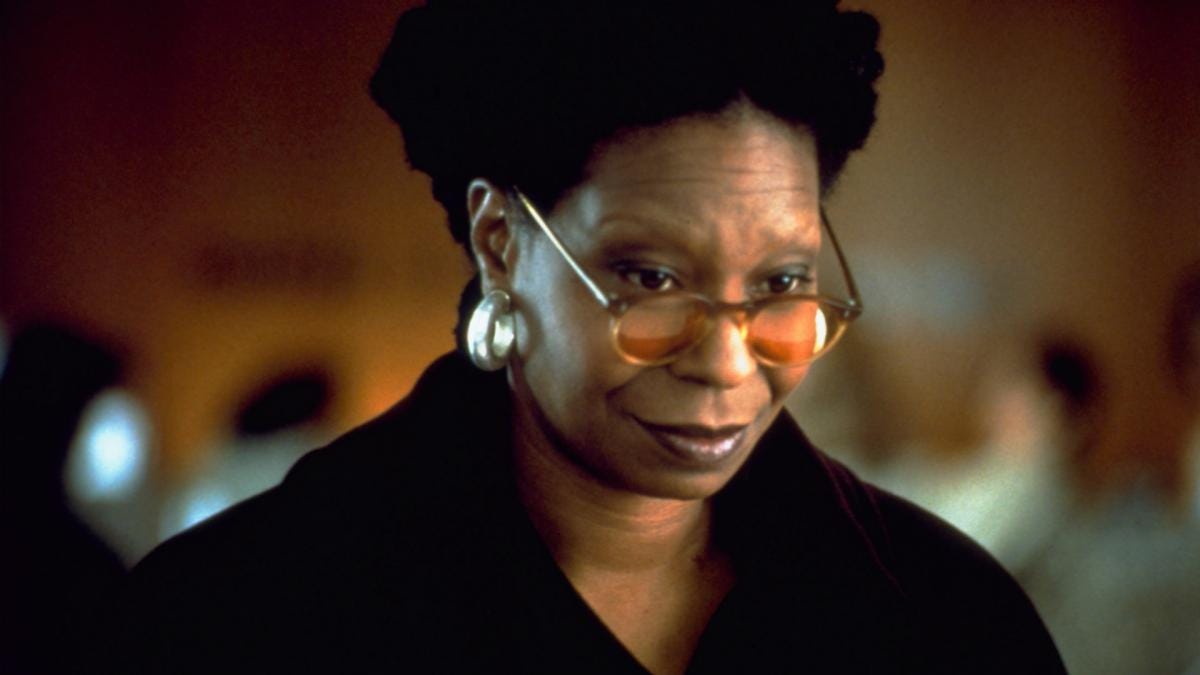
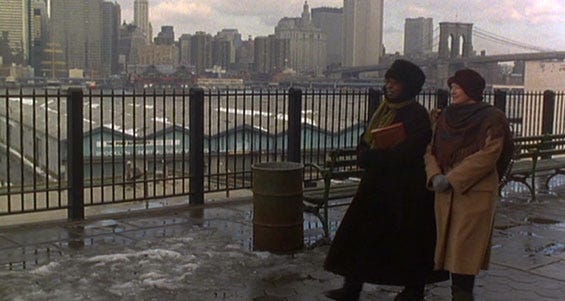
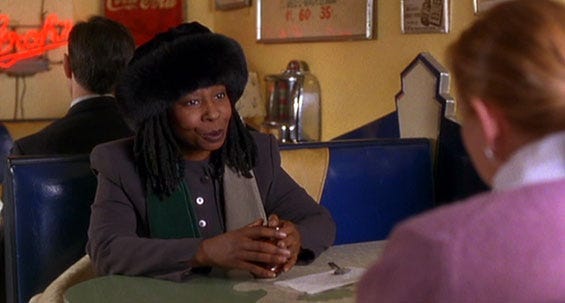
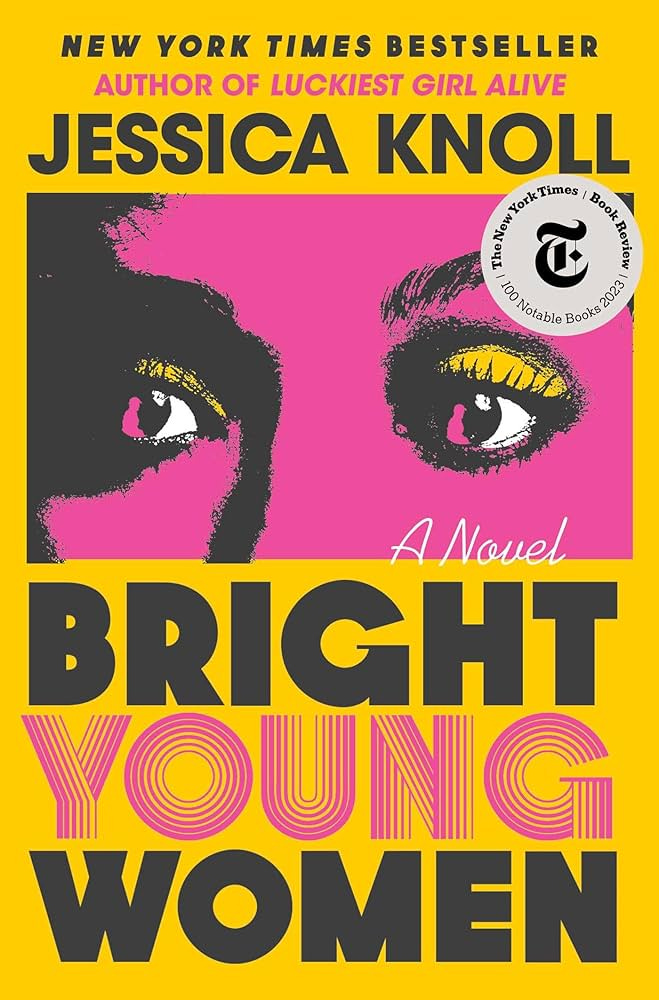
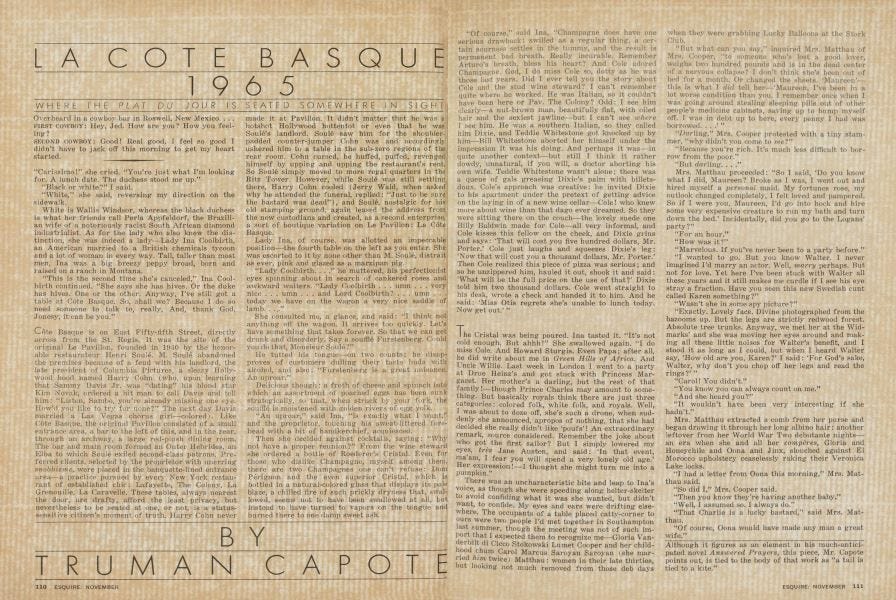
Welcome back 🫶🏽
Glad to see you on Substack! I would love to know your thoughts on that James Baldwin episode of Feud. I have such mixed feelings about it and the show overall. Definitely beautiful gowns (and amazing casting).